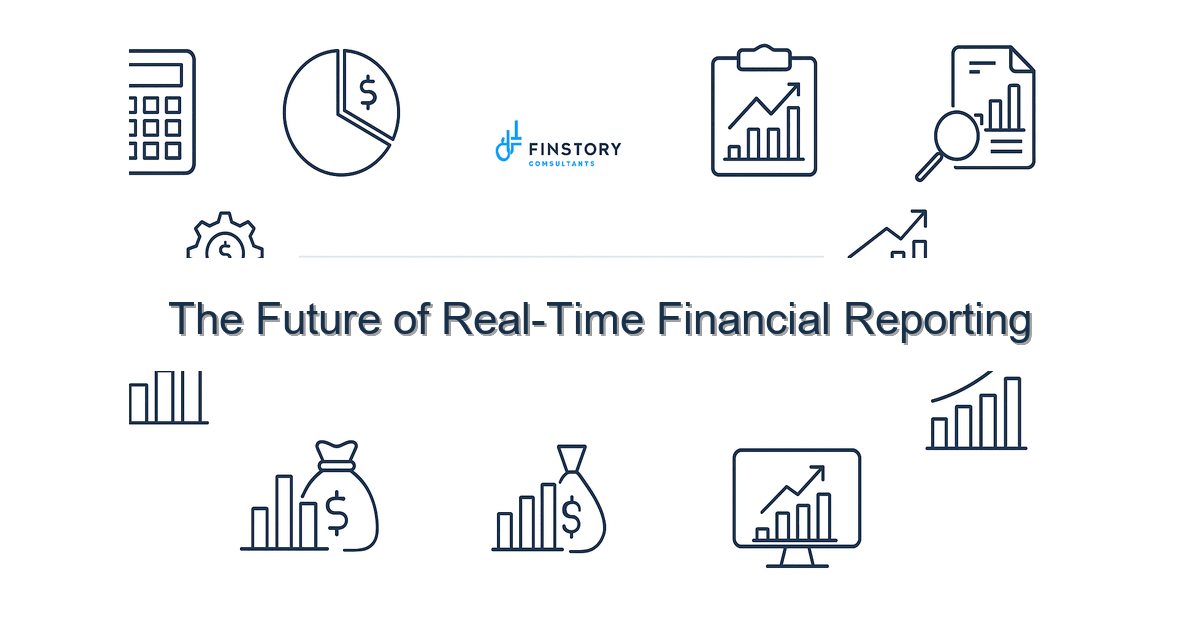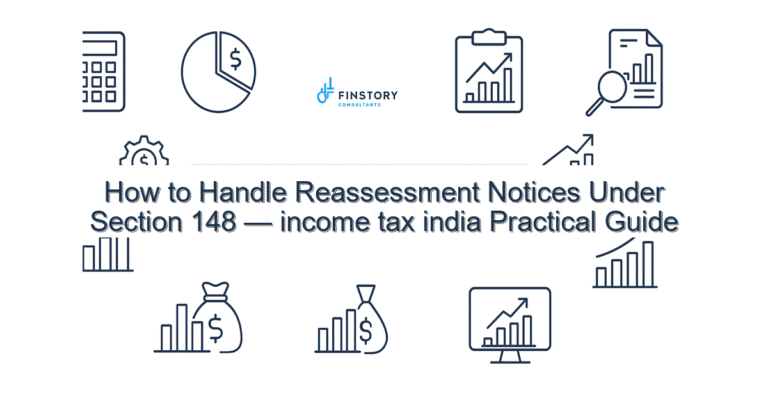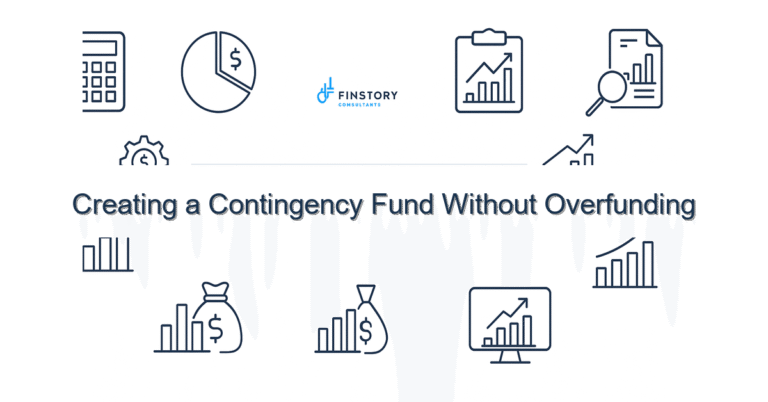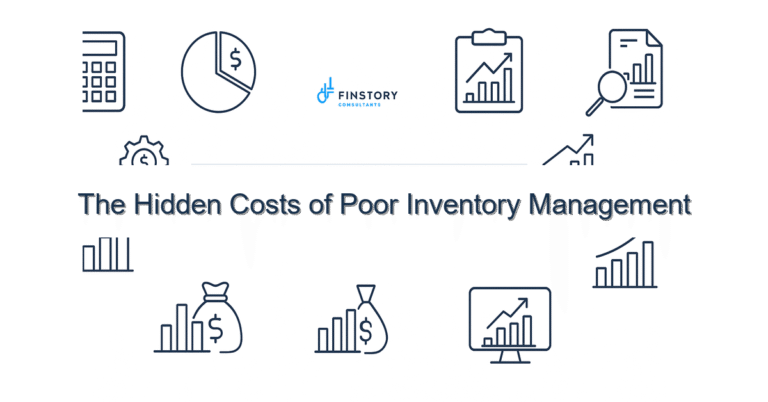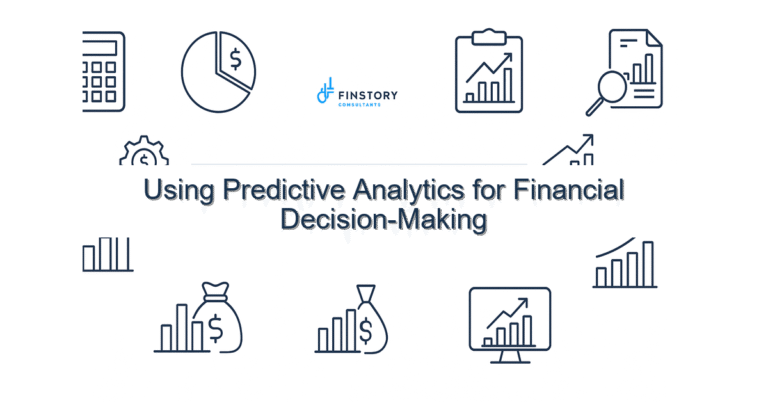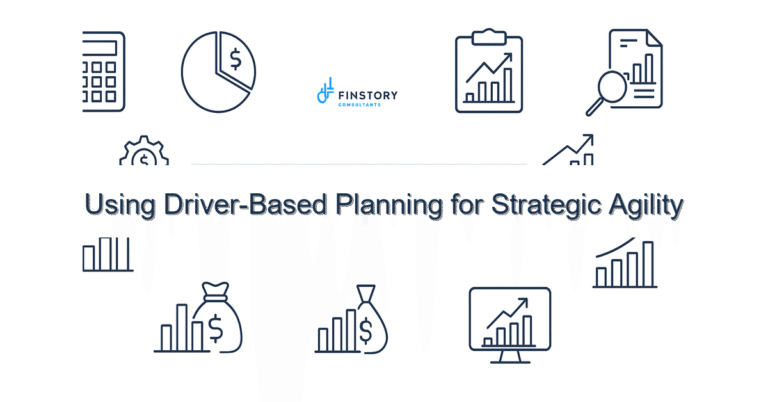The Future of Real-Time Financial Reporting
You’re juggling patient care priorities, margins, and an inbox that never stops. You need numbers you can trust now—not a week from the close—and you’re tired of firefighting spreadsheets.
Summary: Move from delayed, error-prone month-ends to reliable real-time financial reporting so your operations leaders and finance teams can act fast—reduce close time, improve forecast accuracy, and tie finance to operational KPIs that actually move the needle.
What’s the real problem?
At its core, the challenge isn’t technology. It’s that many healthcare organizations still treat finance as a rearview mirror function. Data arrives late, reconciliations take days, and leadership gets a static view of yesterday when decisions need to reflect today.
- Reports arrive too late to influence staffing, supply orders, or service mix decisions.
- FP&A spends more time fixing spreadsheets than explaining trends to the CEO or CMO.
- Controllers fear “one version of the truth” because data lives in silos across systems.
- Leadership reporting lacks operational context—revenue lines aren’t tied to bed occupancy or case volume.
What leaders get wrong
Leaders often assume the fix is faster accountants or another expensive ERP upgrade. They underestimate governance, change management, and the need for operational alignment.
Common pitfalls:
- Buying point tools without standardizing data definitions—so dashboards disagree with the GL.
- Expecting real-time without automating upstream processes (charge capture, payroll feeds, supply usage).
- Rolling out dashboards to executives without training operational teams on how to act on the numbers.
A better approach to real-time financial reporting
Think of it as three integrated moves: fix data plumbing, automate core processes, and redesign reports for action. Do those well and you get reliable, trusted daily insights.
3–5 step framework:
- Map the data flow. Inventory where financial and operational data lives—EPIC/EMR, billing, payroll, procurement, and the GL. Reconcile definitions up front.
- Automate and standardize feeds. Replace manual imports with scheduled API or ETL pipelines. Automate reconciliations for key accounts (AR, cash, payroll) so exceptions show up, not the whole file.
- Model near-real-time metrics. Create stovepipe dashboards for daily cash, revenue per adjusted discharge, and labor variance—feed them with refreshes during the day.
- Design action-focused reports. Build leader-facing views: what to escalate, what to fix, and what to watch. Embed commentary and next steps, not just charts.
- Train and iterate. Run a 30/60/90 plan: pilot one service line, gather feedback, then scale.
Short story: At a 300-bed community hospital we worked with, automating charge capture and linking daily census to revenue reduced the monthly close from 12 days to 3. Leaders started getting a reliable daily “health check” and could fix staffing mismatches before they hit budgets.
Quick implementation checklist
- List all source systems and owners this week (EMR, billing, payroll, procurement, GL).
- Define 6 core metrics to report daily (cash on hand, daily revenue run rate, labor variance %, AR days).
- Automate one feed (e.g., daily cash or payroll) with an ETL or API.
- Create a one-page leader dashboard prototype in Power BI or your BI tool.
- Run a reconciliation for one material account and automate it.
- Assign an owner for data governance and a cadence for weekly exceptions review.
- Pilot with one service line or department for 30 days; collect feedback.
- Train 5 leaders on how to interpret and act on the daily dashboard.
What success looks like
Measure impact with concrete, finance-focused KPIs:
- Close cycle time reduced from 10–12 days to 2–4 days.
- Forecast accuracy improvement—variance to plan reduced by 30–50%.
- Operational decisions made on daily dashboards (staffing adjustments, supply purchases) vs. monthly reviews.
- AR days reduced by 10–20% through timely billing and collections flags.
- ROI: automation costs recouped in 6–12 months from reduced overtime, fewer corrections, and better resource allocation.
- Higher trust—surveyed leadership confidence in numbers rises by 25+ points.
Risks & how to manage them
Risk 1: Data quality problems mean leaders mistrust dashboards. Mitigation: Start by reconciling a small set of metrics and publish lineage—show where each number comes from.
Risk 2: Scope creep—teams try to do everything at once. Mitigation: Use the one-service-line pilot approach and timebox work into 30-day sprints.
Risk 3: Change resistance—operational teams don’t act on the data. Mitigation: Pair dashboards with role-based playbooks and short training sessions focused on decisions, not features.
Tools & data
Real-time financial reporting sits at the intersection of data engineering, analytics, and finance process design. Key components include:
- Finance automation for reconciliations, journal generation, and AR workflows.
- Data warehouse or lakehouse as the single source of truth.
- Power BI (or equivalent) for leader reporting and embedded commentary.
- Connected sources: EMR/EPIC, billing systems, payroll, procurement, and the general ledger.
- Leadership reporting templates that combine finance and operational KPIs—think revenue per adjusted discharge, labor variance by shift, and cash run rates.
For a practical guide on forecasting and aligning operations, see our posts on financial forecasting in healthcare and leadership reporting. If you’re evaluating automation, our Financial Automation service lays out the technical and change-management work.
FAQs
Q: How quickly can we get meaningful daily numbers?
A: You can get reliable daily cash and basic revenue run rates in 4–8 weeks with focused automation and a pilot. More complex metrics follow as you standardize feeds.
Q: Do we need to rip out our ERP?
A: No. Most organizations keep their ERP/GL. The work is about building a reliable data layer and automating feeds so your dashboards match the GL, not replacing it.
Q: What’s the minimum team we need?
A: Start with a finance owner, an analytics engineer (or vendor), and an ops leader for the pilot. Scale the team as you expand to more service lines.
Q: How does this tie to compliance and audit?
A: Good automation improves auditability because processes are documented, reconciliations are traceable, and change logs exist for data transformations.
Next steps
If you want to stop reacting to month-end surprises and start making confident, timely operational decisions, begin with a short diagnostic: map your top 6 data sources and pick one metric to automate to daily refresh.
Ready to build real-time financial reporting that works for healthcare operations? Contact Finstory to map your data, stand up dashboards in Power BI or your BI tool, and train your team to act on the numbers. We’ll help you deliver finance automation and leadership reporting that leaders trust.
Work with Finstory. If you want this done right—tailored to your operations—we’ll map the process, stand up the dashboards, and train your team. Let’s talk about your goals.
Primary keyword: real-time financial reporting
Long-tail variations: real-time financial reporting in healthcare; real-time operational financial reporting; real-time financial reporting for CFOs
📞 Ready to take the next step?
Book a 20-min call with our experts and see how we can help your team move faster.
Prefer email or phone? Write to info@finstory.net
or call +91 44-45811170.
